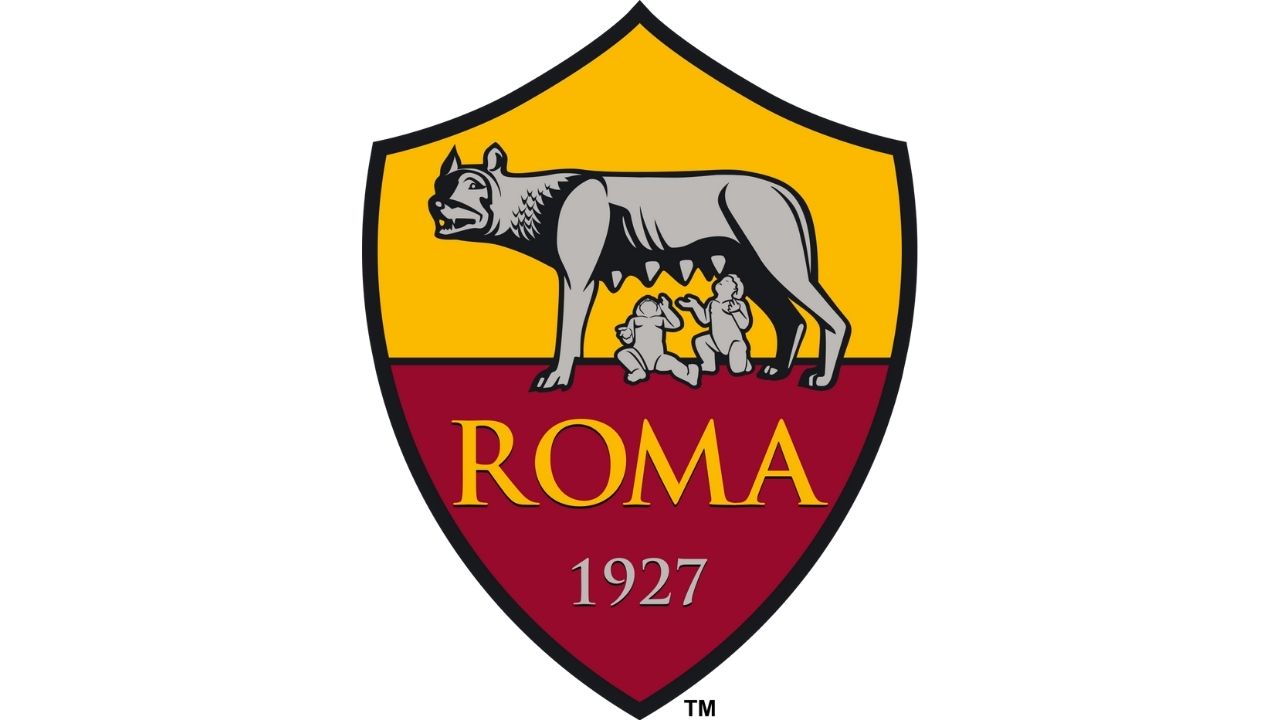Ahead of the Sevilla vs Roma final at the 2023 UEFA Europa League, we examine the meaning and full form of the acronym SPQR written on AS Roma jersey
On 31st May, six-time Europa League champions Sevilla will compete against 2021–22 UEFA Europa Conference League champions Roma in the 2022–23 UEFA Europa League final. It is confirmed that Roma will play this prestigious European final with the acronym SPQR printed on their jersey.
Explained what is the meaning, full form and significance of SPQR on AS Roma jersey
🟨 SPQR 🟥
The SPQR home shirt is on sale now! 🐺
➡️ https://t.co/mVdWCV1kBf#ASRoma pic.twitter.com/iY81awFKLo
— AS Roma English (@ASRomaEN) April 30, 2023
Why AS Roma decided to print SPQR on their jersey?
After cancelling their agreement with cryptocurrency blockchain business DigitalBits, several Italian clubs, notably Roma and Inter, were left without a primary jersey sponsor. Inter’s three-year arrangement with the cryptocurrency business was reportedly for €85 million, while Roma’s was reportedly worth €40 million plus a €6 million signing bonus. Although the payments last year appeared to go off without a hitch, DigitalBits have apparently missed a number of payments since start of the year.
At the end of April, both clubs suspended their respective sponsorship agreements. Towards the end f 2022-23 Serie A season, Inter wore uniforms without a primary sponsor, but Roma took advantage of the opportunity to highlight their Roman heritage by swapping out the DigitalBits emblem with a slogan from their home city.
Know the significance of SPQR in Roman history
Ahead of their home match against AC Milan, Roma had requested the regulatory authorities of Serie A to allow them the removal of the DigitalBits from their home strip. The club’s badge, along with the names of other sponsors like New Balance, will now be printed alongside the initials SPQR. In the 2016–17 season, the acronym, which pays homage to the city of Rome, was embroidered on the Roma team’s jerseys for a local rivalry match against Lazio.
It is inferred that the Latin phrase “Senatus Populusque Romanus” means “the Senate and People of Rome” and this was used to denote the two parts of the Roman state, the people and the government. The abbreviation has been in use for many centuries, appearing on coins, printed on papers, and engraved on items like monuments, stone sculptures, metalwork, and other public buildings.



